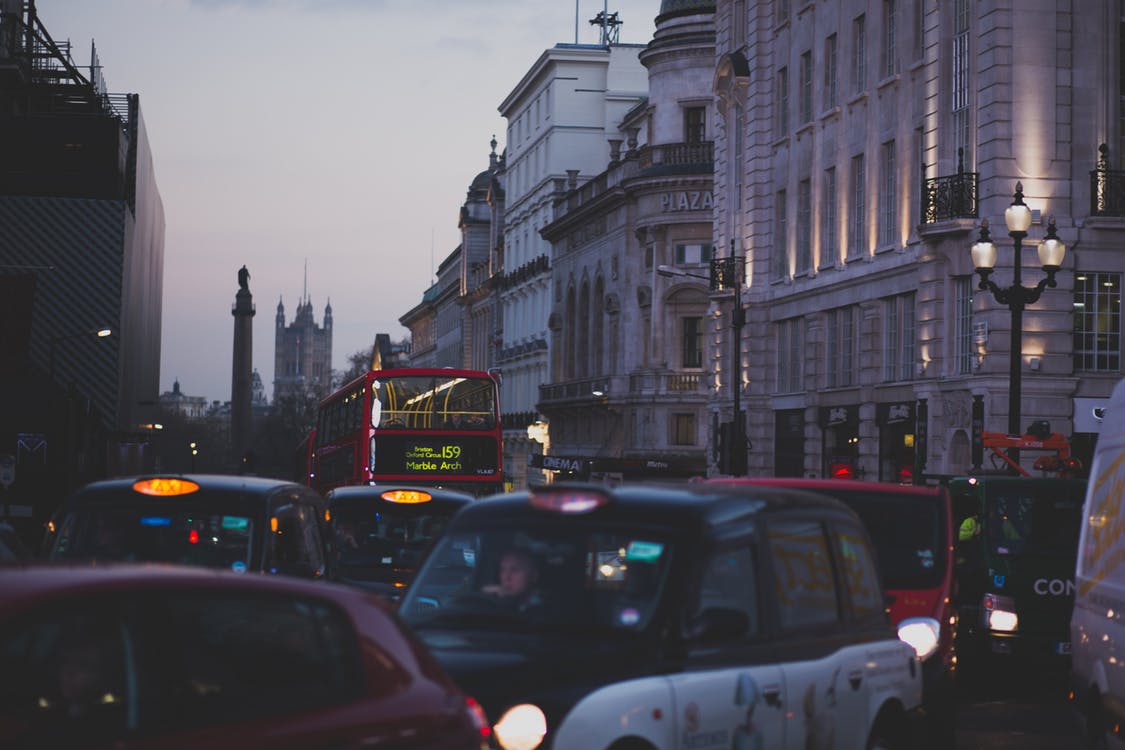The scale of London’s air pollution crisis was laid bare on Wednesday, with new figures showing that every person in the capital is breathing air that exceeds global guidelines for one of the most dangerous toxic particles.

The research, based on the latest updated London Atmospheric Emissions Inventory, shows that every area in the capital exceeds World Health Organisation (WHO) limits for a damaging type of particle known as PM2.5.
It also found that 7.9 million Londoners – nearly 95% of the capital’s population – live in areas that exceed the limit by 50% or more. In central London the average annual levels are almost double the WHO limit of 10 µg/m3.
The findings, described as “sickening” by London’s mayor, Sadiq Khan, have serious health implications – especially for children – with both short- and long-term exposure to these particulates increasing the likelihood of respiratory and cardiovascular diseases. Health experts say that young people exposed to these toxic pollutants are more likely to grow up with reduced lung function and develop asthma.
Khan said: “It’s sickening to know that not a single area of London meets World Health Organisation health standards, but even worse than that, nearly 95% of the capital is exceeding these guidelines by at least 50%.”
London is widely recognised as the worst area for air pollution in the UK, although there is growing evidence that dangerously polluted air is damaging people’s health in towns and cities across the country.
Khan added: “We should be ashamed that our young people – the next generation of Londoners – are being exposed to these tiny particles of toxic dust that are seriously damaging their lungs and shortening their life expectancy. I understand this is really difficult for Londoners, but that’s why I felt it was so important that I made this information public so people really understand the scale of the challenge we face in London.”
The mayor’s office said approximately half of PM2.5 in London is from sources outside the city. However, the main sources of PM2.5 emissions in London are from tyre and brake wear, construction and wood burning.
Last week Khan unveiled plans to limit the use of wood-burning stoves in the capital from 2025 and tighten up regulations to make sure all new stoves from 2022 are as clean as possible.
Read more: The Guardian



